Learn Rich and Tragic History in Beautiful Charleston
By Victor Block
During a recent tour of Charleston, South Carolina, the guide paused in front of a church, began discussing its history and said it had been built in 1855. Then he referred to it as a "new" place of worship. While that description seemed unusual, the reason for it soon became evident.
Charleson is, if anything, old. It also is interesting, charming and well worth a visit. The city was founded in 1670 as Charles Town, named for the British monarch at that time. It was a popular target of pirates, including the infamous Blackbeard, who dropped by in 1718.
It also attracted plantation owners who -- using the toil of enslaved people -- grew first tobacco, then rice and finally cotton, which made many of them wealthy merchants who built lovely plantation homes. That resulted in Charleston's status at the time as one of the South's leading cities.
An attack by South Carolina's militia on Fort Sumter in Charleston Harbor in 1861 launched the Civil War, and both Union and Confederate troops vied for control of the city. The devastation caused by this war resulted in Charleston losing much of its regional dominance but not the many reasons to visit there today.
For starters, military buffs can visit Fort Sumter; the remains of Fort Dorchester, which was built to ward off a feared French invasion; and Fort Moultrie, originally built of logs to protect Charleston and later replaced by a much more substantial brick edifice.
Others might prefer to relive the days of gracious plantations, which immerse visitors in a controversial chapter of the country's past. During pre-Civil War days, enslaved people working at these estates grew these three crops. While many of the grand homes disappeared after the abolition of slavery, those that still stand provide both a stroll through magnificent settings and a learning experience.
Iconic Middleton Place occupies land first granted in1675 and was home to four generations of the Middleton family, many of whom played prominent roles in Colonial and South Carolina history. A museum, built in 1755 as a guest wing, displays family heirlooms. It is surrounded by what are believed to be the oldest surviving formal landscaped gardens in the United States.
Magnolia Plantation, which dates to 1676, grew rice, and the house that now stands on the property has been reconstructed and restored, as have former slave cabins. The site is most famous for its elaborate gardens, which include one section of original plantings dating back to about 1690. Other displays bloom seasonally throughout the year, set against a background of spectacular river vistas and massive oak trees draped in Spanish moss.
When they're not basking in memories provided by forts and farmsteads, visitors to Charleston can choose from a long list of other attractions that relate stories of the city's -- and the country's -- history. A good place to start is the Charleston Museum, a world-class collection that spans time and topics. From fossils and geological specimens representing millions of years to stories of Native Americans and early Colonists to the more recent past, it provides a backdrop for the investigation of other local lore.
Several 18th and19th century houses serve as mini museums devoted to various aspects of Charleston's story. A row of 13 brightly painted homes along the waterfront was constructed around 1740 for merchants who had shops on the ground floor and lived upstairs. Their colorful facades didn't emerge until the early 20th century, when they were purchased by a historic preservationist who added a coat of pastel pink. That prompted residents to follow suit with their own choice of vibrant colors.
The population of Charleston offers an equally varied mixture of cultures, with two playing prominent roles in the local scene. The city was the largest slave port in the United States through which Africans were transported to other major cities. Known as Ellis Island for African Americans, it now tells that part of its story in a variety of ways.
The goal of the Avery Research Center for African American History and Culture is to relate the history of the African diaspora. Its collections focus upon education, church records and the Civil Rights Movement.
The International African American Museum is located at Gadsden's Wharf which, during the time of the slave trade, was the first destination for an estimated 100,000 Africans. That institution recounts "the unvarnished stories of the African American experience across generations, the trauma and triumph that gave rise to a resilient people."
Equally intriguing is the story of the Gullah people, descendants of Africans who are concentrated in South Carolina and three other Southeastern states. Their culture and language retain strong influences of their African heritage, and I experienced them during a tour focused on this fascinating group that provided an introduction to Gullah history and customs.
These include using sweetgrass, an aromatic plant, to weave ornamental baskets and sometimes to burn to attract good spirits and using indigo to color clothing. Traditional Gullah cuisine consists largely of seafood, rice and seasonal vegetables. Religious folklore is based upon African traditions such as "haints," spirits of the dead, along with witches and devils.
The rich Gullah culture is but one aspect of the appeals that await discovery by visitors to Charleston. Add the melting pot of other societal influences, the Old World charm of its cobblestone streets lined by gracious Southern Colonial homes, its coastal location and engrossing history, and you may wish to add it to your "must visit" list.
----
WHEN YOU GO
For more information: www.explorecharleston.com.
========
Victor Block is a freelance writer. To read features by other Creators Syndicate writers and cartoonists, visit the Creators Syndicate website at www.creators.com.
Copyright 2024 Creators Syndicate, Inc.

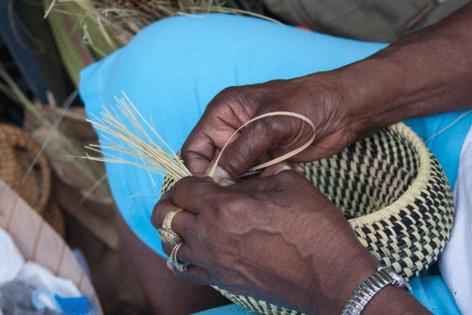
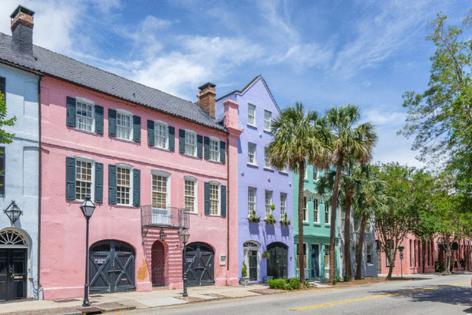
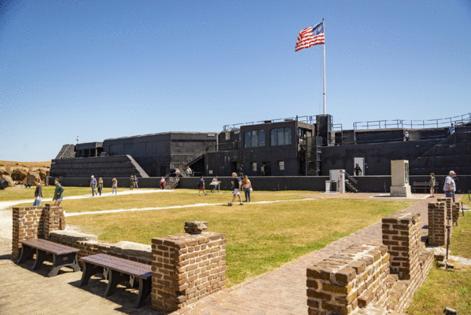



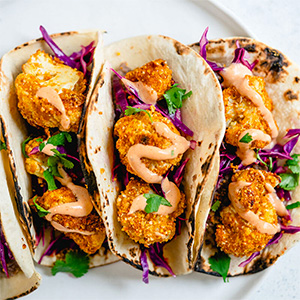


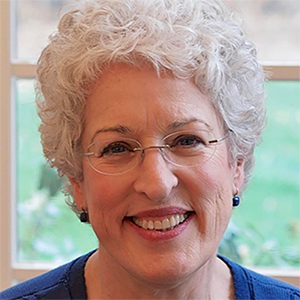


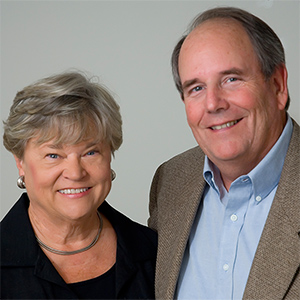










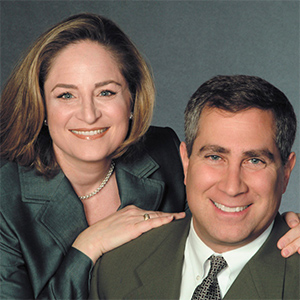










Comments